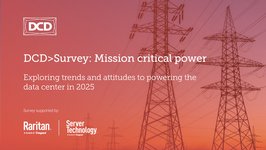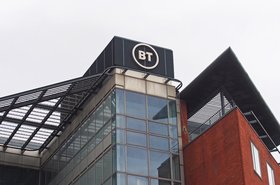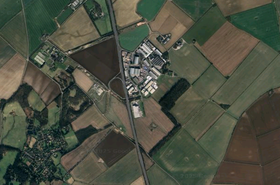Some might say that the UK’s data center market is suffering from its own success. According to Visual Capitalist, London is Europe’s largest data center market by some distance, and ranks third globally. However, as the market continues to grow, so too does its electricity consumption. This poses a significant challenge for the UK’s aging power infrastructure, which is struggling to keep pace with demand.
While this is not to say that data centers are the root cause of the problem, their ravenous appetite for energy must be acknowledged. On a global scale, data centers account for 1.5 percent of electricity demand. Meanwhile, in nearby Dublin – perhaps the most strained of European markets – data centers consumed 21 percent of all electricity in 2023, more than all urban dwellings combined.
Further fuelling this consumption is the recent rise of both cloud computing and AI, which has caused the electricity consumption of data centers to enter dangerously unprecedented territory in the UK. Here, John Pettigrew, CEO of the National Grid, recently stated that the growth of AI will cause data center power use to surge six-fold in the next decade, revealing the scale of the challenge that is yet to come.
As a direct result of these challenges, some data center projects in the UK are reporting waiting times of up to 13 years to connect to the grid. For an industry that seems intent on growth, this figure is simply not sustainable if the future of the sector is to be secure.
London’s legislative landscape
As a direct response to these challenges, many within the industry are understandably looking to take power provision into their own hands. Here, stakeholders are exploring the potential of generating their own power on-site using decentralized energy solutions, both to power new builds and make up grid shortfalls for active facilities.
However, where London is concerned, there are additional challenges to consider. Namely, the ultra-low emission zone (ULEZ), and the subsequent expansion of which, imposes strict limitations on fossil fuel emissions within its boundaries. As a result, diesel generators, which have long been the most popular option for cheap and reliable decentralized energy generation, must be completely ruled out.
Noise concerns must also be factored in here. By law, construction companies and contractors working in London must do everything in their power to minimize noise and are limited to working within certain hours, usually between 7:30am and 6pm. Depending on the location and unique demands of a new data center build, this can also restrict the solutions that can be used.
Bridging the energy gap
With these challenges in place, the UK data center sector finds itself between a rock and a hard place. Energy shortfalls are significantly affecting the delivery of new projects, though the means through which operators might generate their own power on-site are significantly limited.
However, there are some methods through which data centers might secure the power they need without falling foul of sustainability targets. Namely, green bridging solutions such as battery energy storage systems (BESS), and stage-V generators running on hydrotreated vegetable oil (HVO), might prove effective technologies to help the sector bridge the energy gap.
This concept is one that can be easily applied to London’s data center market, as well as that of the wider UK, with stage-V technology being fully compliant for use in the ULEZ. Integrating BESS alongside this even provides scope for the creation of a hybrid system, with the battery offering periods of zero-emissions power while operating almost silently – a creative workaround for London’s noise restrictions.
Forging a new path
With the UK’s grid infrastructure almost 70 years old, and the rise of AI pushing data center energy consumption into uncharted territory, there has never been a more critical juncture for data center contractors and operators to take control of power provision. By looking further afield to innovative solutions such as BESS, stage-V generators, and HVO, it is clear that means exist through which the sector can bridge the energy gap without falling foul of sustainability legislation. With this, the UK data center industry can overcome the stumbling block that is the nation’s aging grid, and realize the prosperous future that has been forecast for it.







